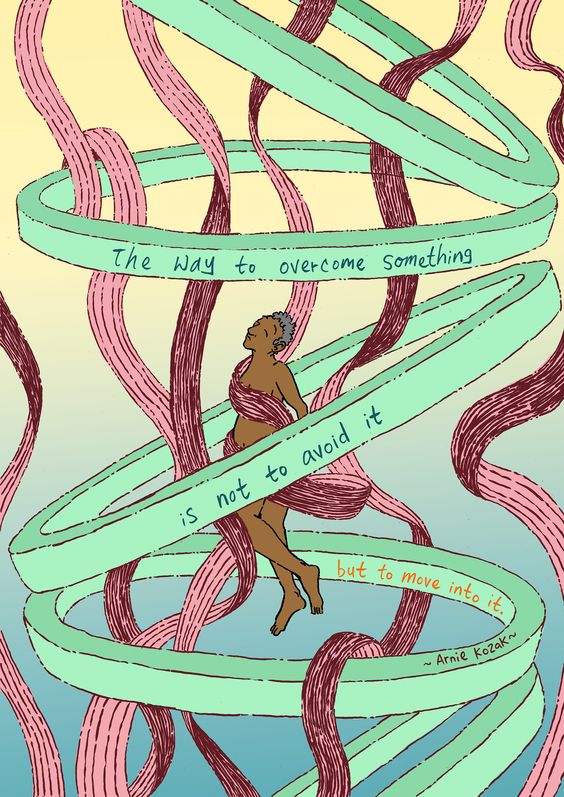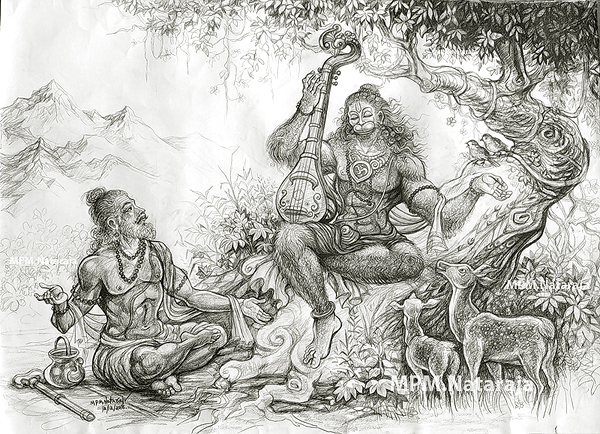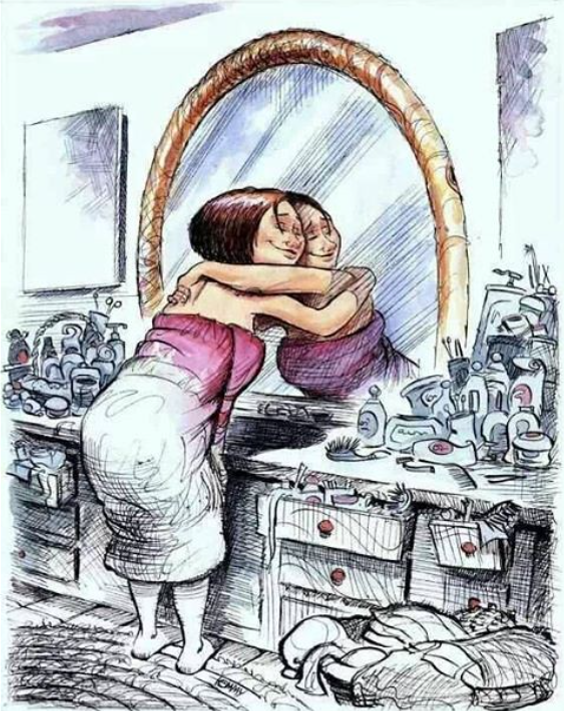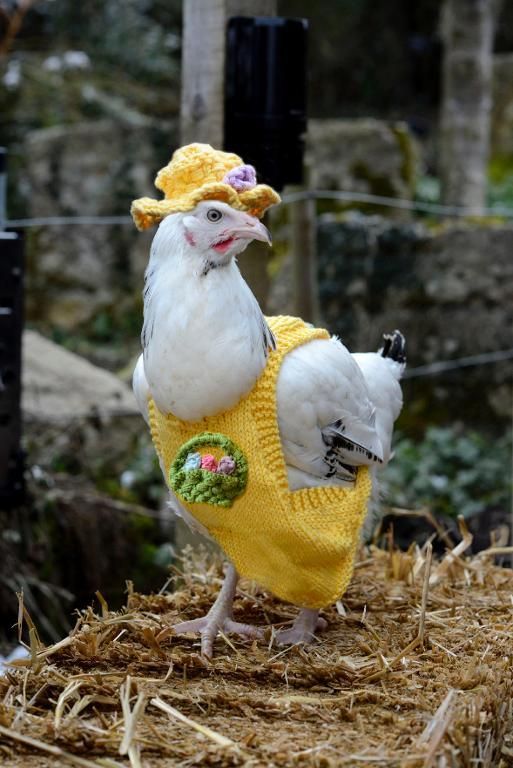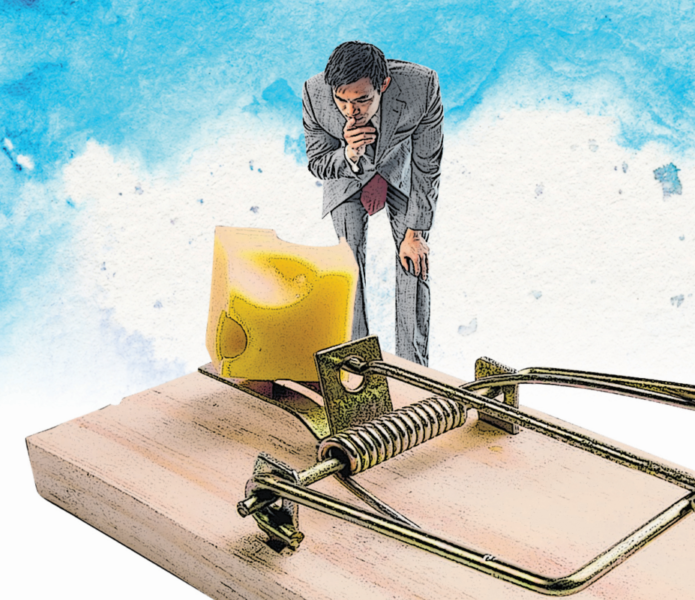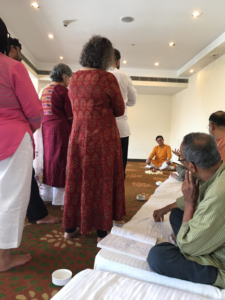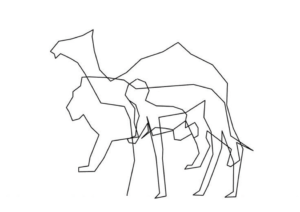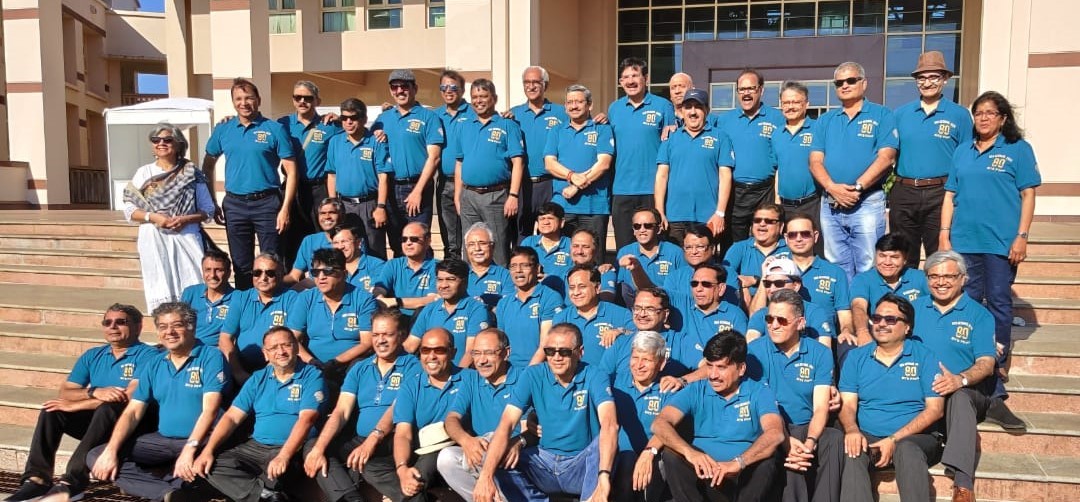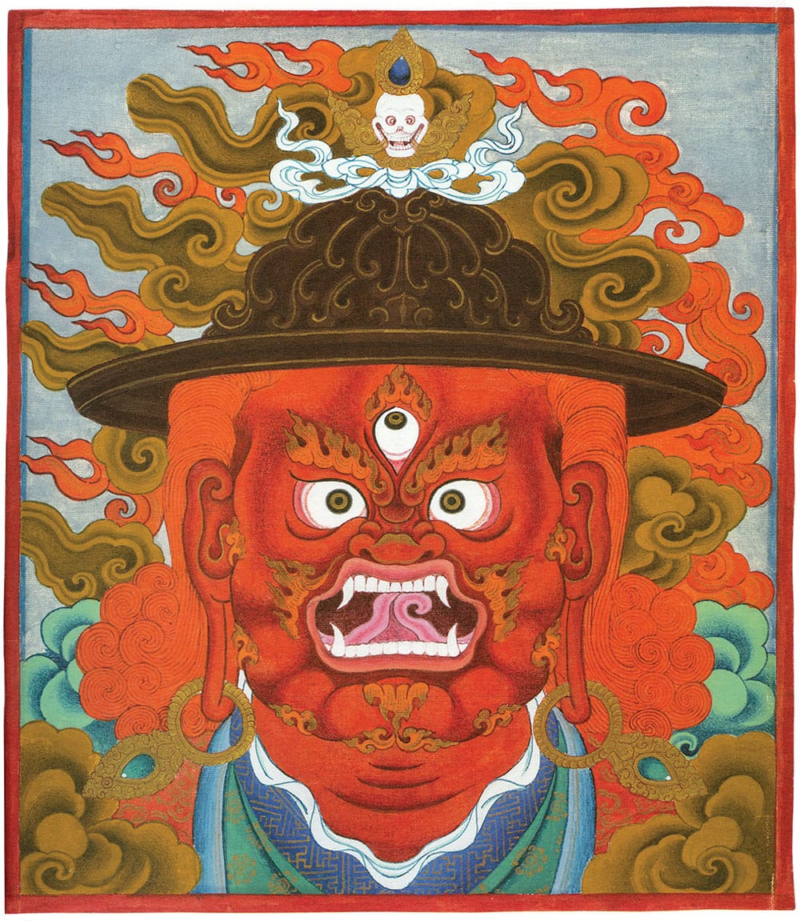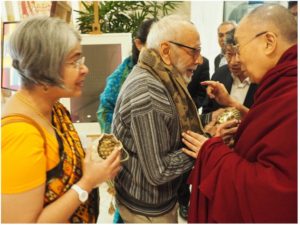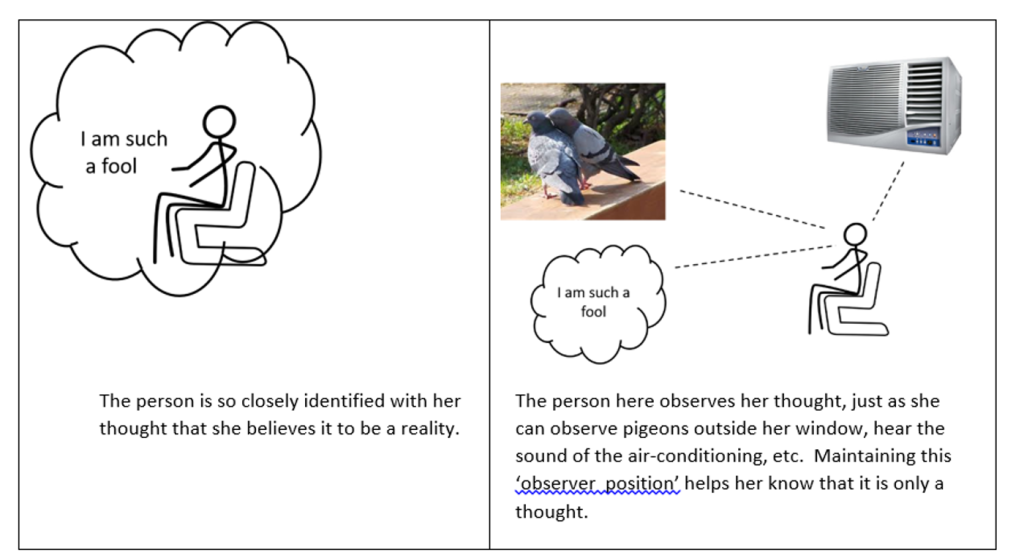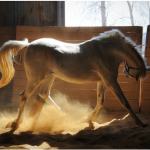I find my mind oscillating.
The pandemic has turned our world upside down.
With a cocktail of emotions flying around.
Grief: at the loss of near and dear ones. the loss of normalcy; the fear of economic toll, the loss of connection. We can’t even hug each other. The helplessness and anguish to see loved ones suffering.
Anticipatory grief: coping with the uncertainty of something bad happening. We can feel it in the air, but we cannot see it, with heightened anxiety and loss of safety.
Anger: at the ineptness, lack of planning, poor decision making and callousness at the government level and lack of discipline by us the public.
Guilt: ‘I am safe, but I don’t have the capacity and energy to reach out to help others- after managing my own family and affairs’.
Denial : ‘nothing can happen to me’.
Numbness: ‘I’m not affected by what is happening around. I have shut off myself from media, and I don’t want to know about the suffering in the world’.
Arrogance: believe it or not, in a conversation, someone said to me: ‘The virus is a test of our emotional, mental and physical strength. We will either fail of pass in this exam.’
Ummm…exam? Sorry? This is not about scores, being ahead or behind the others. Or a competition to see how fit you are .
Shame: at the way our nation has handled the situation, and we have to resort to depending on other countries for help.
How can we stay centered, functional, without being overwhelmed (or consumed) by the emotion, and the racing mind? Otherwise we turn into a zombie, loosing energy, focus, sleep, and immunity.
- Name the emotion. When you name it, you feel it, and it moves through you. Emotions are energy in motion, and the acknowledgement allows it to move.
Notice your feelings about feelings: ‘I feel quite energized, but there is something wrong with me, I should be devastated’. Or ‘I feel sad, but I should not, as there are people worse off than me’.
Your work is to feel the sadness, anger- regardless of what others are feeling. Judging it, or fighting it doesn’t help, as your body is producing that emotion. The acceptance of ‘what is’ is freeing.
Also no need to fear that the emotions will ‘take charge’. There are feelings which will pass; naming the emotions allows us to both observe ‘the dance floor from the balcony’ , even as we feel the emotion fully and intensely.
In other words, we are strengthening the observer part of us – the audience who views the drama, rather than being the drama.
- Become present in the now. Notice your breathing. Name five things around you that are colored green. Feel the air around your skin, the chair under your body, the ground under your feet. The sinking in the stomach, the tightness in on the shoulders.
And realize that nothing you have anticipated has happened.
In this moment you are fine.
- Get clear about your values and priorities; and take committed action towards them. For me, the three things that are important are :
- Take care of my health-eating mindfully, sleeping on time, and some exercise every day.
- Take care of my family, especially those who are vulnerable and dependent on me.
- Find something pleasurable and relaxing to do: right now it is Madhubani painting; its repetitive line drawing is soothing.
- Some reading and writing everyday.
And finally, we will be able to access our ‘wise mind’: This is temporary, although it doesn’t feel that way right now. The precautions we are taking are the right ones. History tells us that we have been through similar situations: the 1918 flu (toll of 40-50 million), HIV/ AIDS 1981 to present (toll of 25-35 million); the Asian flu 1957-58 (toll if 1.1 million); and we survived it. The current toll of the corona virus is 3 million. This is the time to double-mask and stay watchful & alert and be compassionate to ourselves and to others.
These are strange times indeed. And yet, perhaps all we can control is how we choose to respond.
(photo credit: Artist Tatsuya Tanaka)



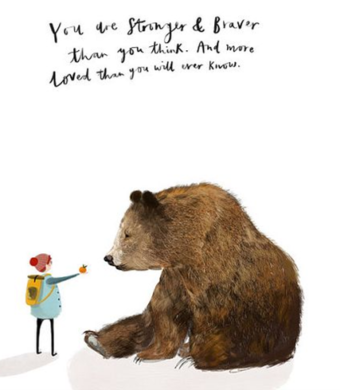
 (Art by Gabriella Barouch)
(Art by Gabriella Barouch)